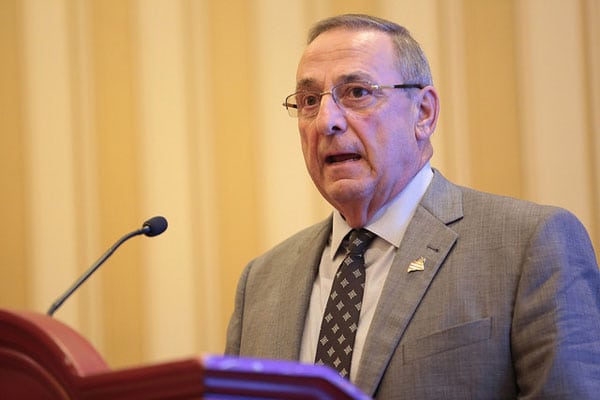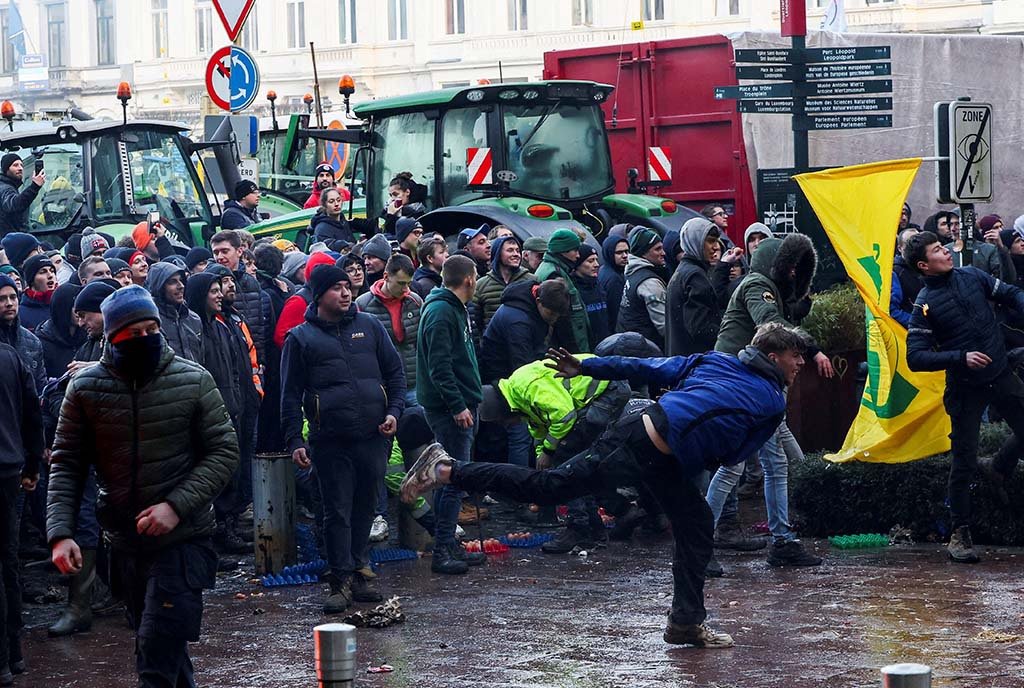
June 13, 2018; Governing
This Tuesday, Maine voters participated in the first statewide election to use rank-order voting in the United States, notes Daniel Vock in Governing. They also voted to make the new system permanent by a comfortable 54.2-percent majority.
With ranked-order voting, instead of selecting a single candidate to vote for, you rank your choices. If your choice does not get many votes, then your vote is redistributed to other candidates in the preference order that you indicate. In 2015, NPQ’s Rick Cohen wrote about Harvard Law Professor Lawrence Lessig’s advocacy of the practice, identifying it as one tool for strengthening citizen-based democratic decision-making.
With ranked-choice voting, “spoiler” candidates become impossible. For instance, if ranked-choice voting were in place in 2000, Ralph Nader voters would have had the option of selecting as their second choice either George W. Bush or Al Gore. If no candidate in a given state (say, Florida) had an outright majority, then the vote choices of the bottom-ranked candidates would be redistributed to voters’ second choices, until one candidate had an outright majority. Ranked-choice voting also eliminates the need for runoffs in elections where no candidate receives a required majority, because the ranked-choice system, also referred to as “instant runoff” voting, performs a virtual runoff election by utilizing a ranking algorithm.
As Vock explains:
In the first round, the last-place finisher is eliminated. Then, all of the votes that were originally cast for that candidate are distributed instead to the candidates who were ranked second on those ballots. If no one wins a majority in the second round, the process repeats itself, with the lowest vote-getters in each round eliminated and their votes redistributed. Of course, the process stops when someone wins a majority and is declared the winner.
Sign up for our free newsletters
Subscribe to NPQ's newsletters to have our top stories delivered directly to your inbox.
By signing up, you agree to our privacy policy and terms of use, and to receive messages from NPQ and our partners.
“We want to make sure every vote counts because that’s what this is all about: more voice and more choice,” says Kyle Bailey, the campaign manager for the Committee for Ranked Choice Voting.
Vock notes that while Maine is the first state to use ranked-choice voting, about a dozen cities already do, including Minneapolis, Santa Fe, and San Francisco. Within Maine, the City of Portland used ranked-order voting well before the state adopted the practice.
Vock notes that the switch in the Maine’s statewide voting process has faced considerable resistance:
Tuesday’s election was actually the second time that Maine voters agreed to use ranked-choice voting. They passed a ballot measure to make the switch in 2016, but state lawmakers objected.
Legislators claimed that it was their job—not the voters’—to set up election systems, and they tried to delay the changes from taking effect until at least 2021. Proponents forced a “people’s referendum” on the legislature’s changes, which, after a series of court fights, put ranked-choice voting on the ballot again on Tuesday.
Vock notes one challenge of rank-order voting is it slows vote counting because you have to count votes multiple times, as votes are redistributed to lower-ranked choices. For instance, this week in Maine, “No Democrat won a majority in the gubernatorial primary, meaning the winner will be determined in further rounds of counting. As of early Wednesday, Attorney General Janet Mills led the pack, while Sweet and Eves were running in third- and fourth-place, respectively. It could be as late as next week before Democrats know who won their primary.”—Steve Dubb













